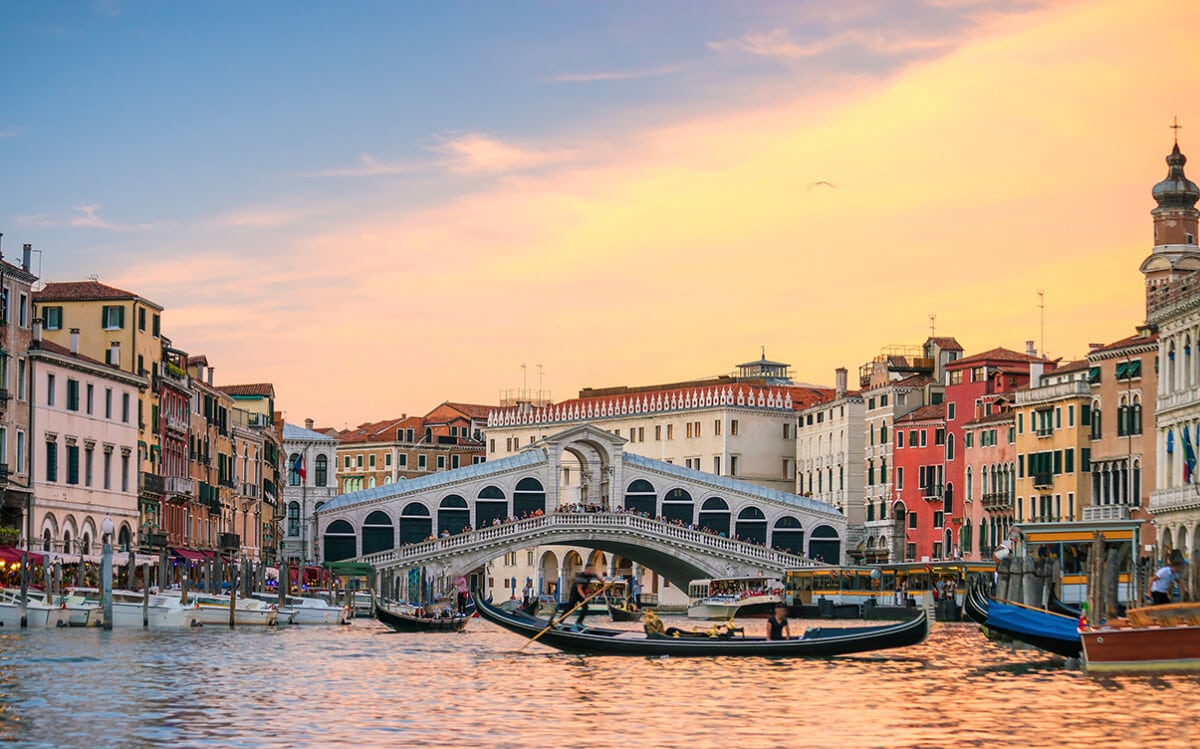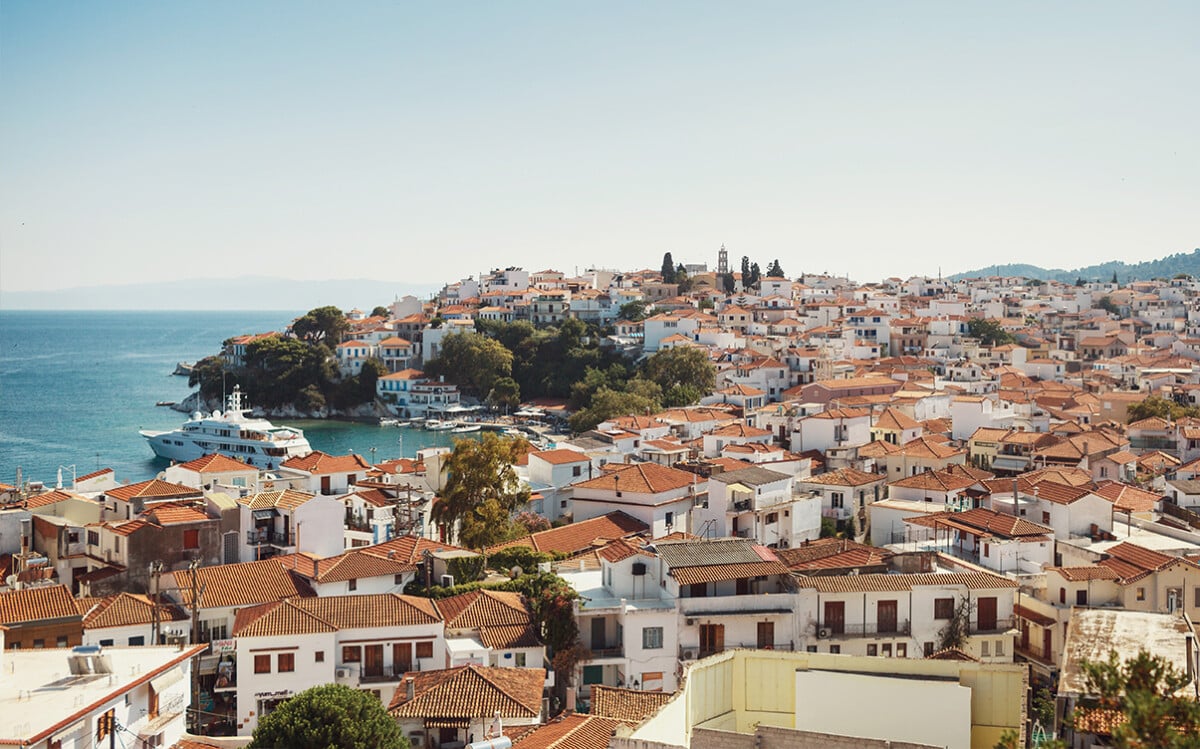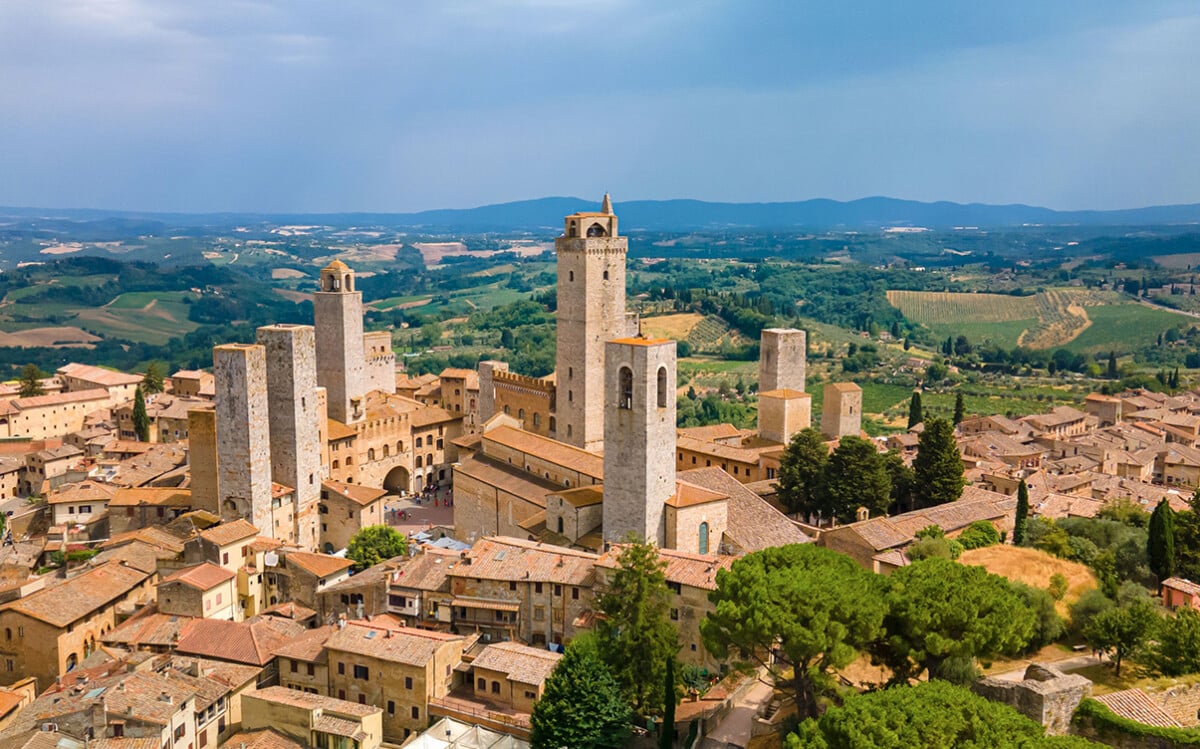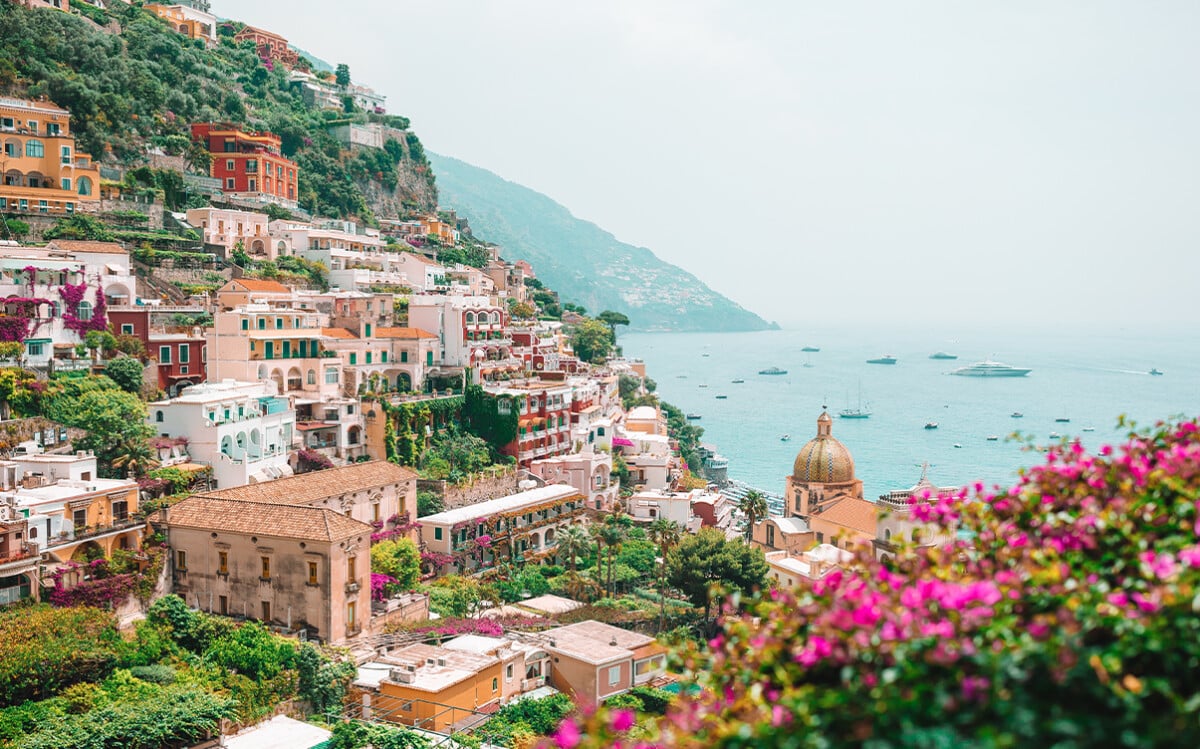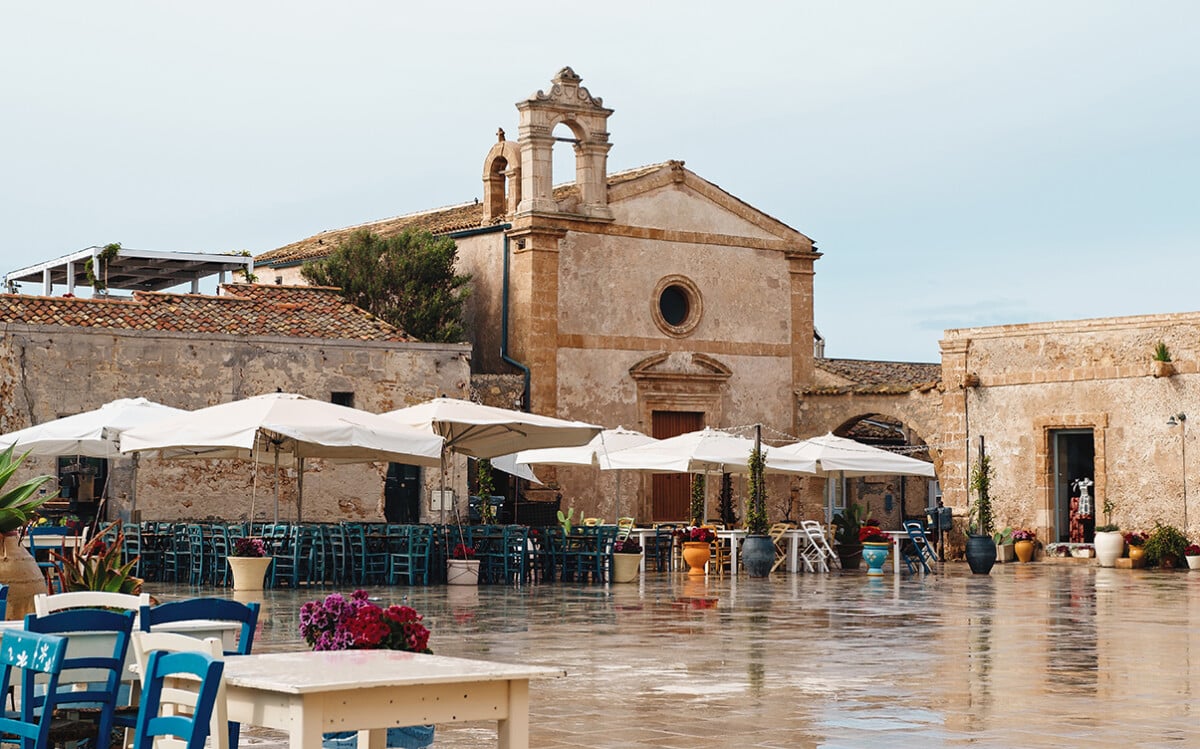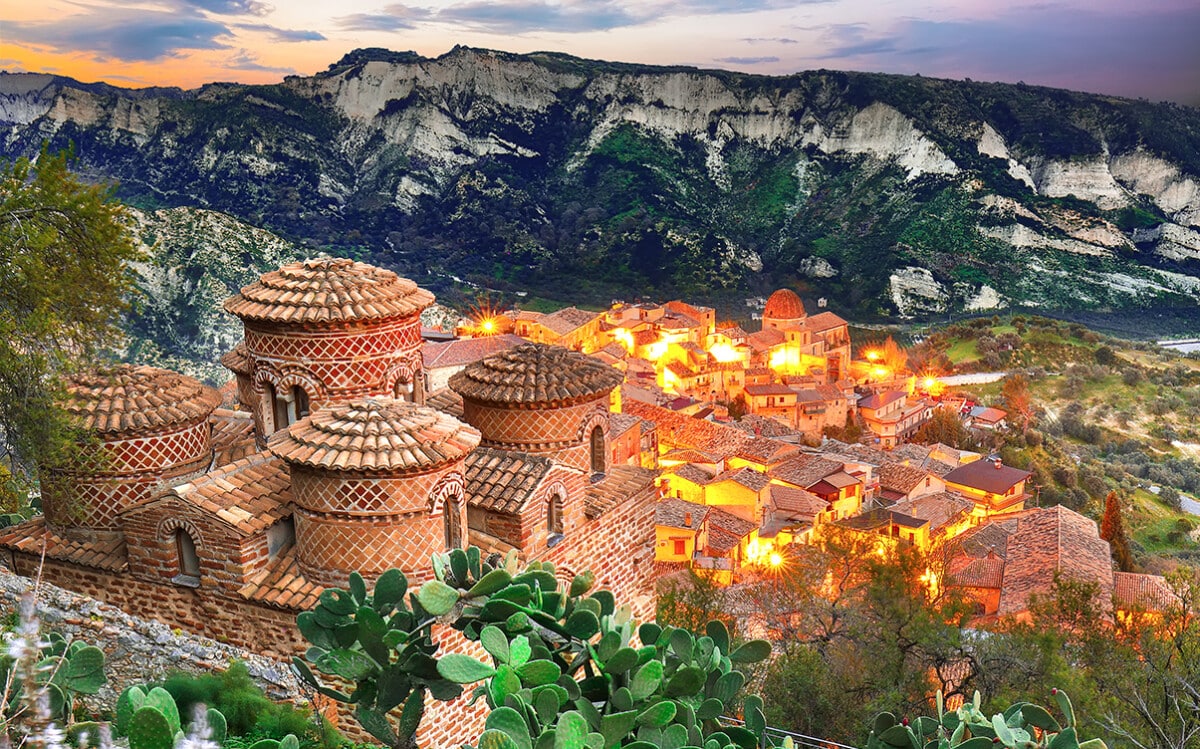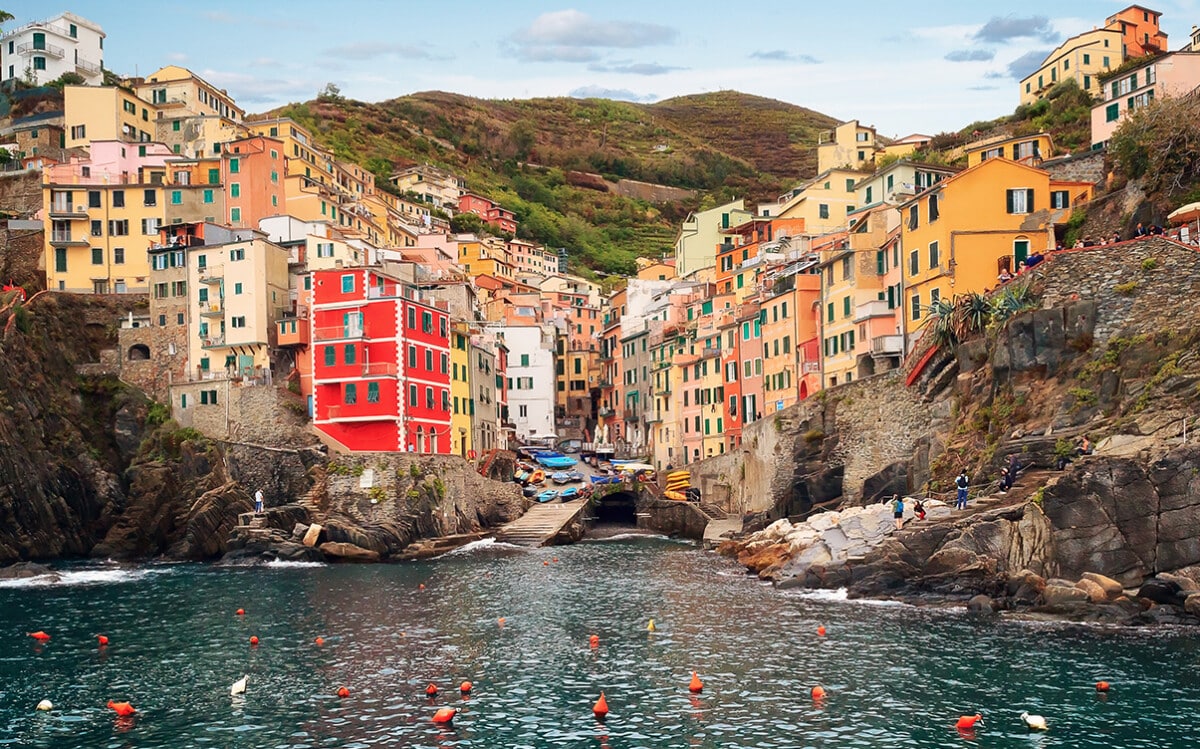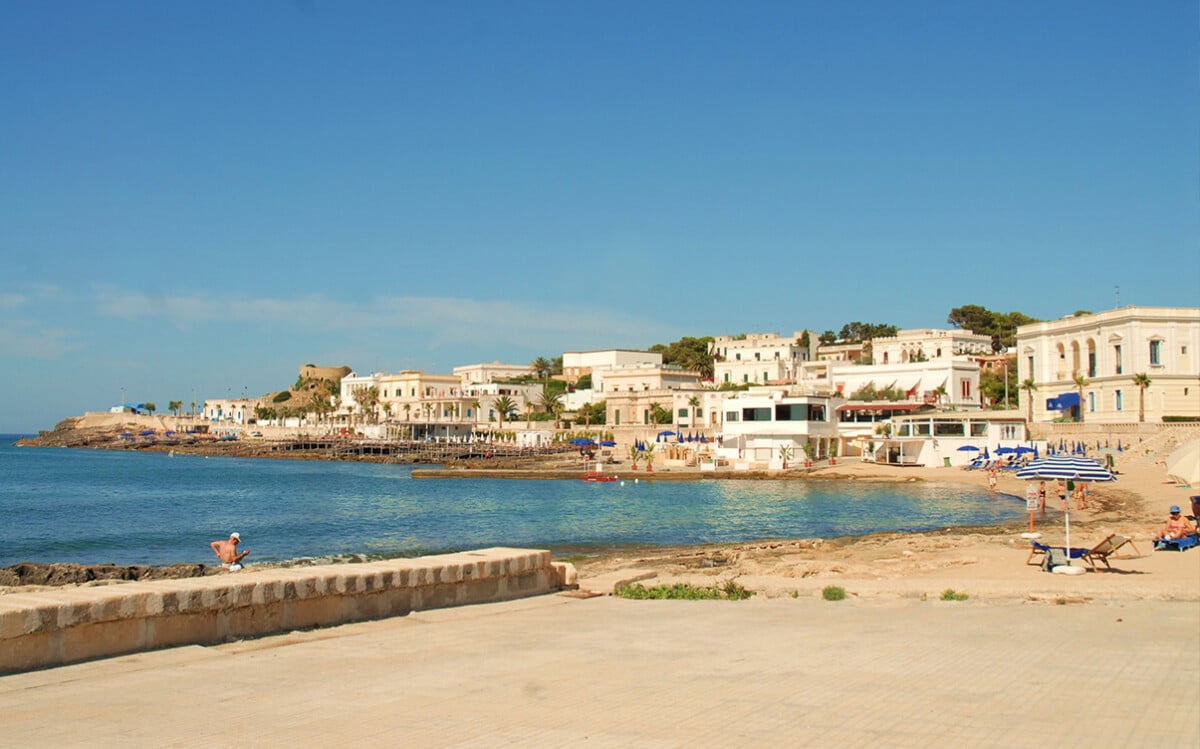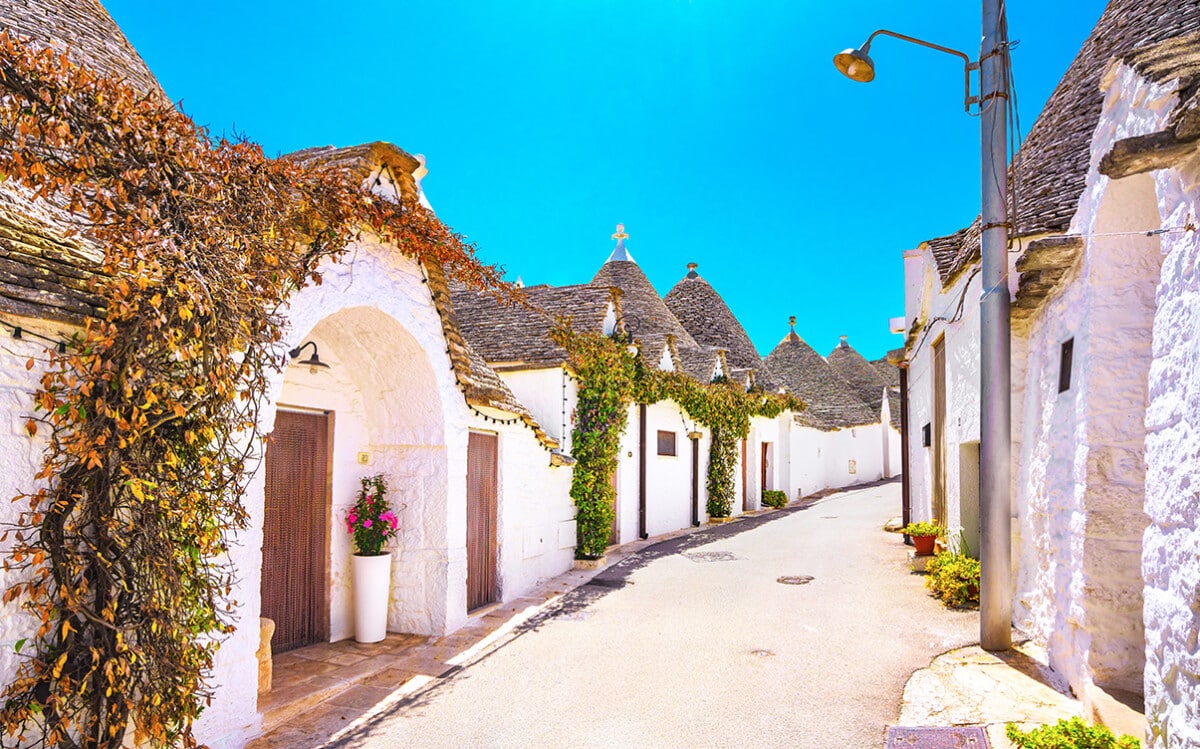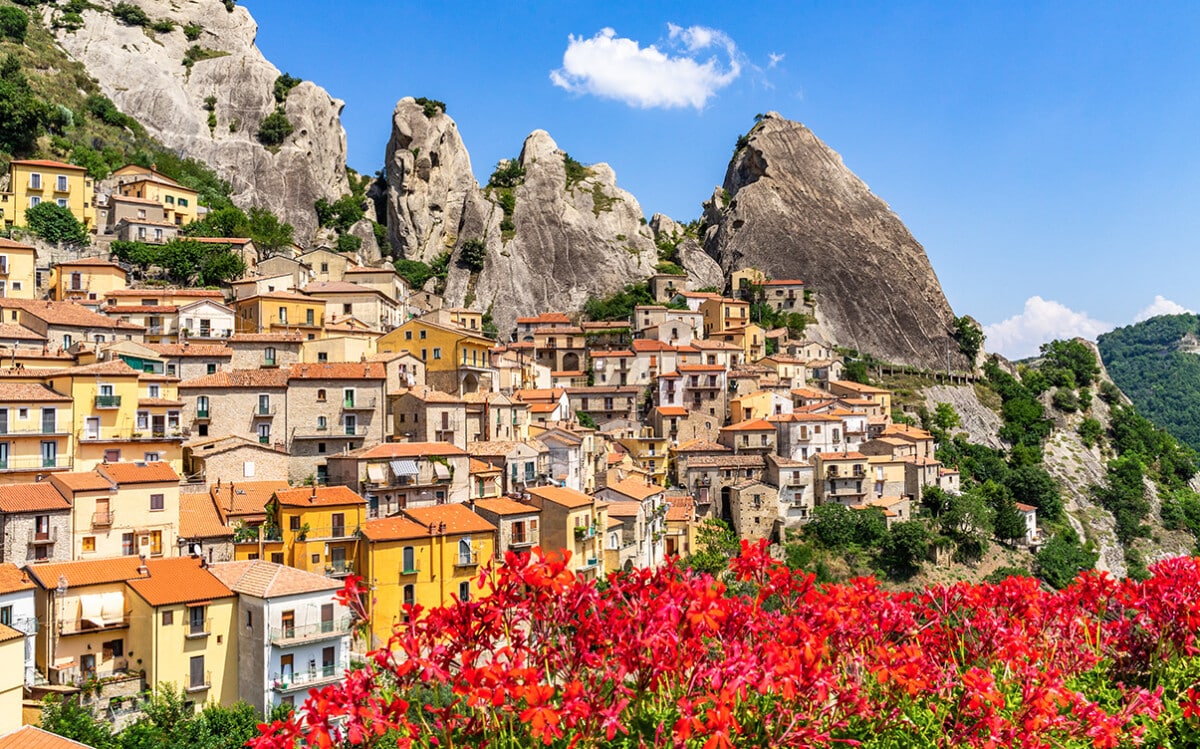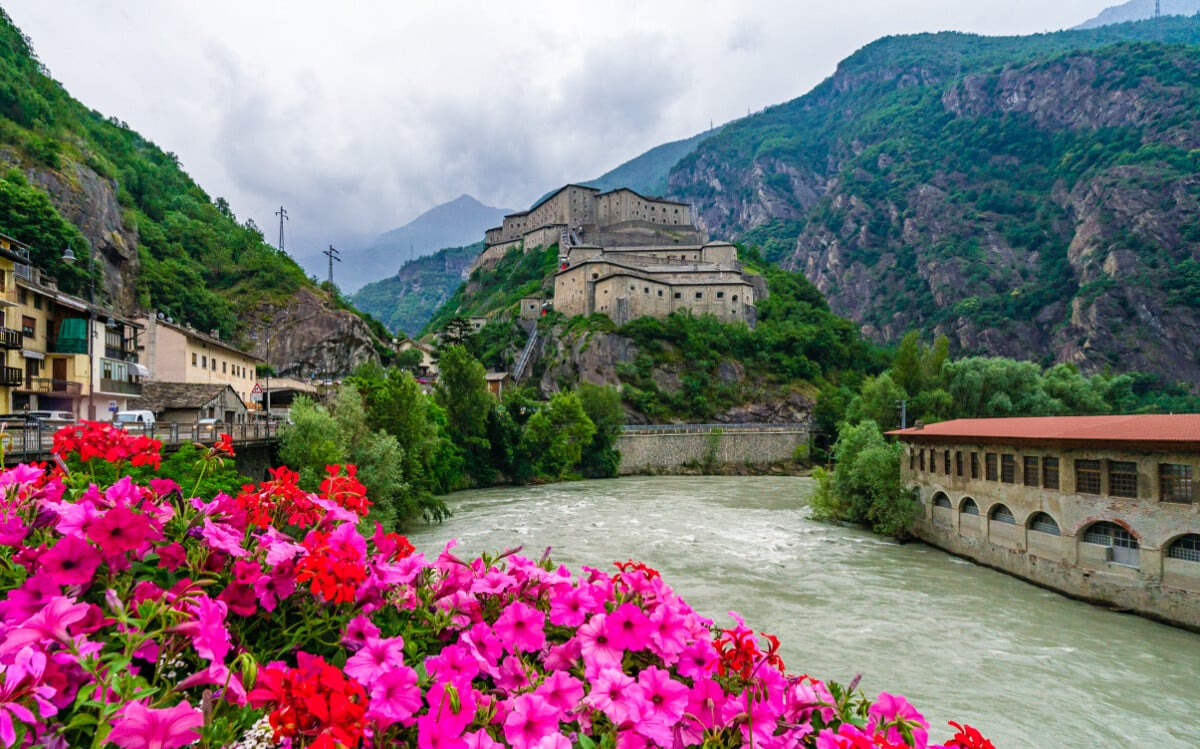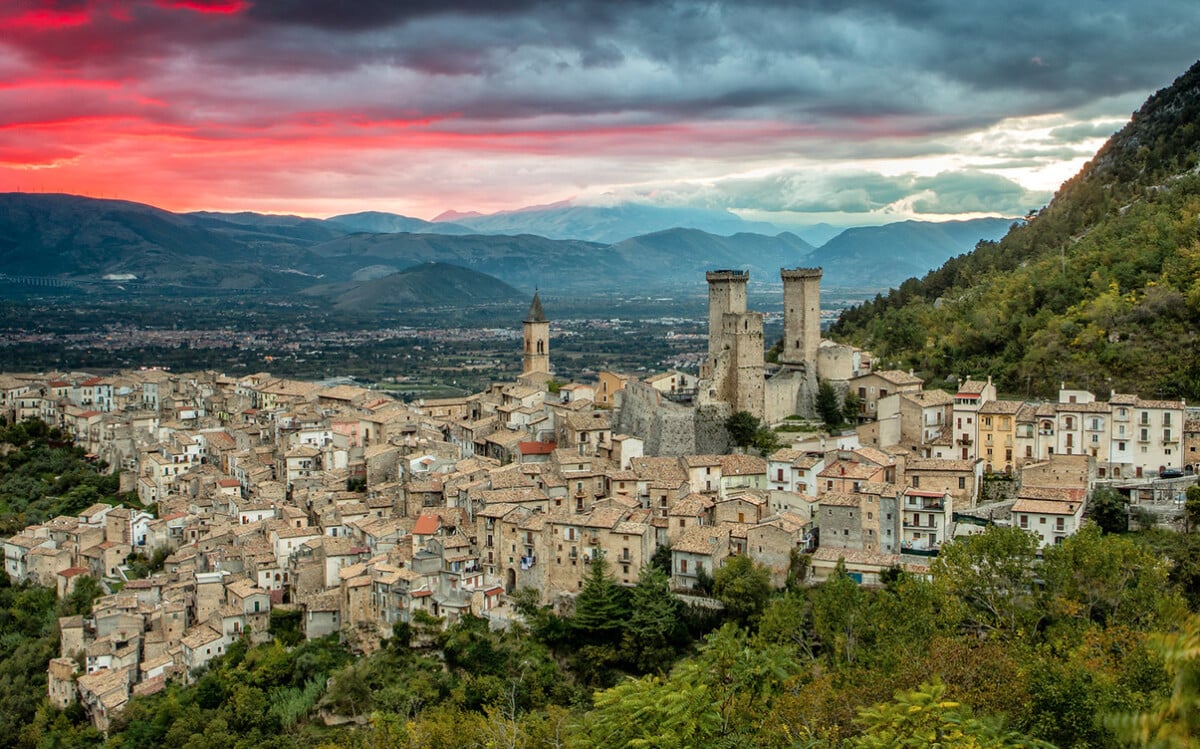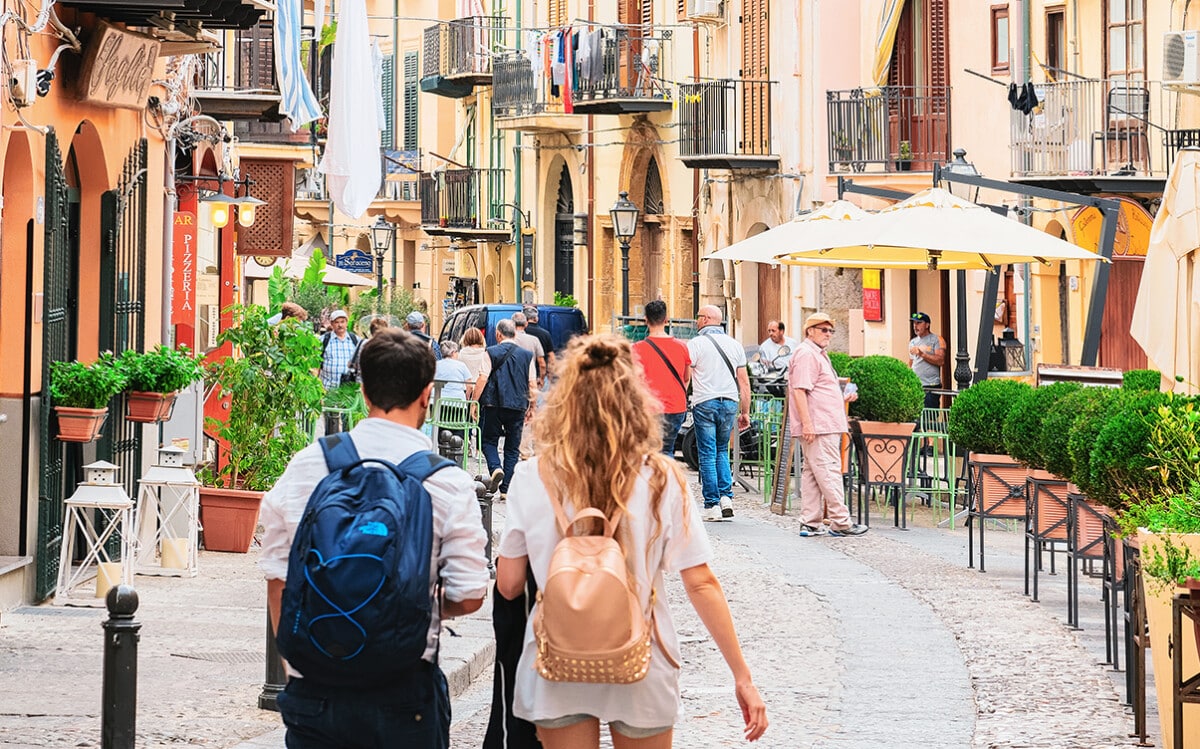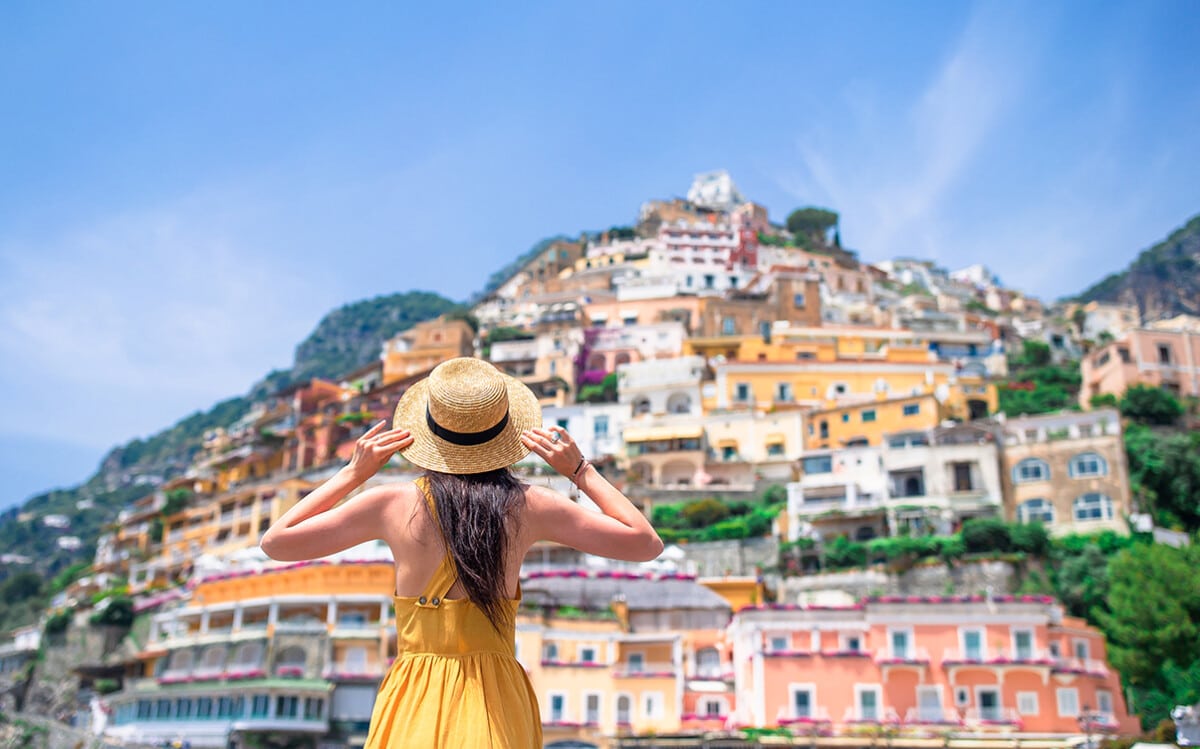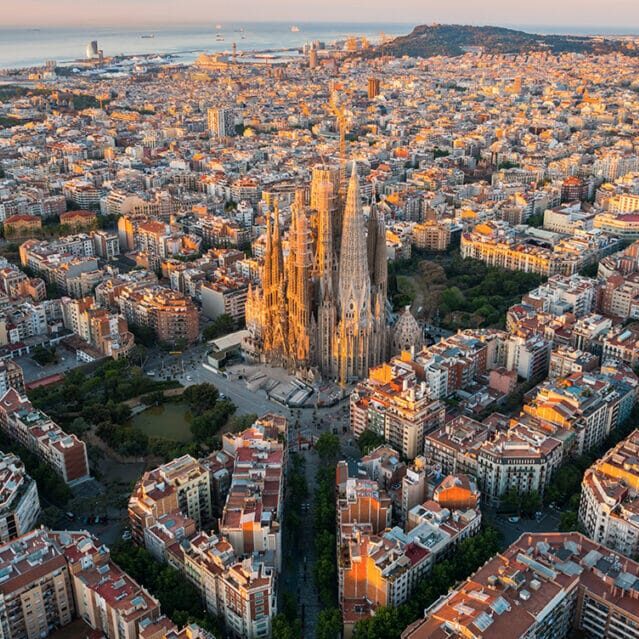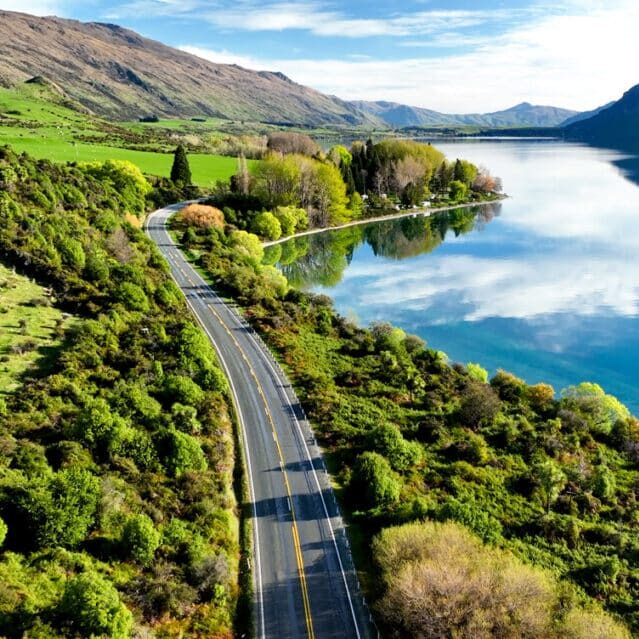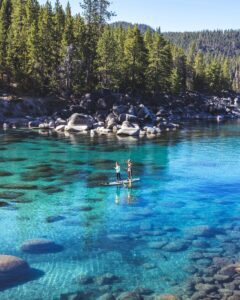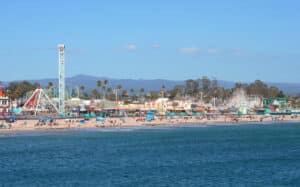What Are the Most Beautiful Villages to Visit in Italy?
Disclaimer: This post may contain affiliate links. Please see our Disclosure Policy and Advertiser Disclosure for details.
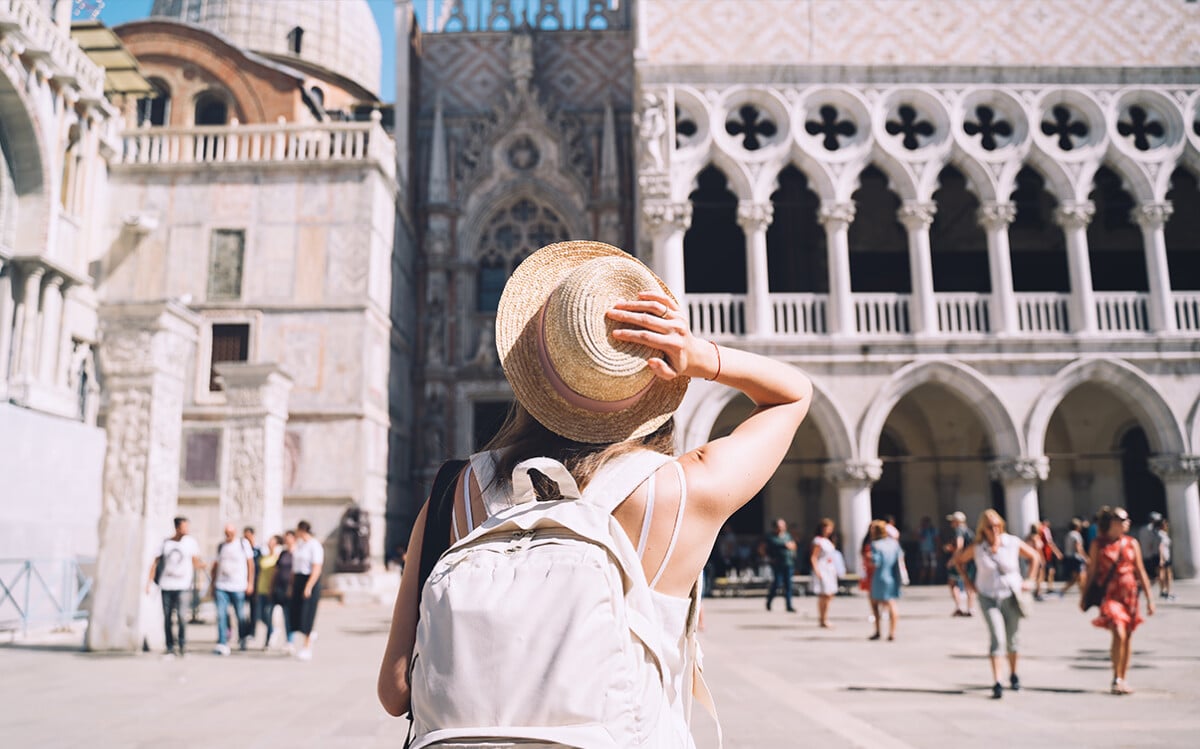
Italy is often cited as one of the most beautiful places in the world to visit. Despite being one of the oldest hubs of civilization in the world, you’re not going to be seeing skyscrapers and modern buildings of glass and steel like you would if you visited New York – at least, not outside of Milan. Italy is full of rustic architecture, traditional styles, and rolling vistas that have withstood the test of time.
For the adventure lovers, though, it’s not about the major cities. Visiting Italy doesn’t mean spending a week in Rome, Milan, Florence, or Naples. It means hiking across the countryside, exploring crumbling ruins, and visiting the villages named the most beautiful in the country!
Introducing the Borghi Piu Belli Association
Before digging into our specific recommendations, we first have to define what the “most beautiful” even is.
Now, we haven’t been to every village in Italy. Far from it! We’ve only been to a relative handful of the hundreds scattered across the country. Our picks for the most beautiful are based firmly on our opinions based on the villages we’ve visited.
For Italian natives, there’s the Borghi Piu Belli Association. In English, the Most Beautiful Villages Association is a group that was founded over 20 years ago with the intention of designating beautiful villages throughout Italy to help conserve them.
Today, there are over 300 villages on the list of Most Beautiful. To some, that might dilute the designation. Could they all be the most beautiful? Truth be told, each and every one of them holds some element of beauty simply because that’s what Italy is.
The entire country is beautiful.
Truthfully, the association has a strict list of criteria for a village to receive their designation, including things like keeping their historic centers off-limits to cars. Villages that modernize and violate the criteria are removed from the list. It’s not a vacuous designation, is what we’re saying; there’s real meaning behind it.
There’s a certain level of dark undertone to the Most Beautiful designation. These villages are stunning, but they’re also in a difficult position. They lack modern amenities, they lack jobs, the people are leaving for greener pastures, and slowly, many of them are dying. The Association is trying to stem the tide to draw people back to these pastoral towns, but there’s only so much they can do.
We bring this up as an artifact of Italy and because it’s an inevitable part of any conversation about the beauty of the country. Experience it while you can because some of these villages are on their way out and may not be around much longer.
Picking the Most Beautiful in Our Eyes
It’s impossible to tell you any list of villages in Italy is truly the most beautiful, simply because there’s something unique and gorgeous everywhere you go. Whether it’s a seaside village nestled around a harbor where fishing is the main way of life or a mountaintop wall of homes situated around a former castle, there’s something unique and incredible about every hamlet and town you can find.
You don’t have to visit all of the villages on this list or even any of them. Just pick a road to travel, look for hamlets off the beaten path, and pay them a visit. The roads may be rough, and the towns may not have much in the way of tourist attractions, but one thing is certain: they’re beautiful!
San Gimignano
A small but thriving village located in Tuscany, San Gimignano is a quaint locale in the heart of wine country. With centuries of history visible in every brick and a stunning countryside surrounding the hilltop village, it’s a perfect place for photography and for a day of enjoyment and relaxation.
Enjoy the wine, take in the scenery, and experience the countryside. One note, though, is that this is one of the more popular villages for tourists, so beware of the potential for crowds.
Positano
Built into a hillside leading down to the sea, Positano is a spectacular village to visit. The beach is pleasant, there’s plenty to do out on the water or up in the mountains, and the village itself is wonderful to explore.
We recommend taking at least one hike out into the hillside so you can see the town from afar and see just how vertical it truly is.
Marzamemi
Located in Sicily, this is one of the southernmost locations you can visit in Italy. The quaint fishing village is built around a tonnara that is over a thousand years old, and you can feel the history just by walking along the streets.
When the weather is nice, this is such a brilliant place to visit where you can feel your worries melt away.
Stilo
Part of Calabria, Stilo is a terraced village built into the slopes of Mount Consolino, a mountain you can climb to view the city from above. If you’re a fan of old Italian architecture and monuments, this village is full of them.
It’s part of the Most Beautiful list, and for good reason. It’s also one of the more thriving villages on the list, though, of course, it’s still small compared to the more prominent population hubs in the country.
Cinque Terre
This one is kind of cheating, but also not really. Have you ever seen a postcard or a movie set in Italy, where they show off those colorful villages built on the cliffs overlooking the sea? Every building is a different, vibrant color, and they all seem stacked on top of one another like building blocks. Cinque Terre is that.
Located on the northwest coast of Italy, Cinque Terre is made up of five villages, all with a similar kind of style. They’re all unique and stunning in their own ways, but they’re also all close enough together that you can visit them all in just a single short trip. As far as villages are concerned, they’re some of the most unique throughout all of Italy.
Santa Maria di Leuca
In stark contrast to the rustic, colorful Cinque Terre villages, Santa Maria di Leuca is located to the south on the tip of the Salento peninsula. It’s horizontal rather than vertical, nestled in a thriving port rather than a stark cliff, and looks over light blue rather than deeper indigo waters.
Moreover, the village itself is almost colorless, made of vibrant whites and creams dominating, though the natural greens and browns of nature burst through all throughout. It’s worth visiting if for nothing else than the contrast, but of course, it stands on its own as an excellent village as well.
Alberobello
This small, beautiful village is unique amongst Italian villages in that it’s completely covered in trulli, a kind of conical rooftop made without mortar and painted a vibrant white.
It almost looks like an alien village, given how unlike other towns it looks. It’s also a UNESCO World Heritage site because of its unique architecture.
Castelmezzano
Another of the mountainside villages, Castelmezzano has everything you could ask for from a single location in Italy short of the big cities.
It’s quaint and quiet, built into the cliffs with stunning scenery, and there’s a little of everything quintessentially Italian to be found there. Whether you want wine, history, fresh pasta, or just a great hike, this is a must-visit village.
Bard
Have you ever visited a place and thought, “Yes, the name is accurate”? When you think of bards, you think of stories, fantastical settings, and tall tales. Bard itself, in the Valle d’Aosta, is a fairytale village brought to life.
Nestled between mountains in a river valley with bridges and buildings constructed to watch over it, it’s a maze of passages and history with something incredible to discover around every corner.
Pacentro
We can’t visit anywhere without going to a national park, so it’s great that Pacentro covers all the bases. It’s a village located in the Maiella National Park, and it’s renowned for natural spring water and plateau views stretching out for miles.
While it’s not the most colorful of villages, it’s a haven for natural crafts, so while you’re chilling in between hikes through the park, you can browse traditional terracotta and fiber arts.
Making the Most of a Trip to Italy
Our list of Italian villages is far from complete. In fact, there could easily be dozens more on the list. But why should we compile it when the Borghi Piu Belli Association has that handled? Truthfully, if you want to see a list of picturesque villages, all you need to do is visit their site. So, instead, let’s talk about everything you need to make the most out of a trip to Italy.
Don’t be afraid to go your own way. Italy has been a civilized country for millennia, which means there’s hardly a corner of the land that hasn’t been occupied at some point. You’re not likely to get irrevocably lost in a forest like you might in some places we visit. Following random roads to small, barely-marked villages can bring some of the best adventures you can possibly have. So many trip itineraries and lists of destinations are all the same dozen or so mid-range to high-end tourist destinations, and while they’re still gorgeous, the more adventurous of us like something a little more off-beat.
Give yourself plenty of time. You can easily spend a week just exploring places like Rome or Milan. Traveling from village to village also takes time; while you might not spend more than a day or two in any given village, don’t forget to account for the travel time. Nothing feels quite as bad as planning to spend six hours in a place, only to have to cut the trip short because travel time ate up too much of it. Give yourself leeway, plan to do less than you think you could, and be leisurely about it. After all, Italy is all about the laid-back countryside culture, at least when you’re out of the hustle and bustle of the bigger cities.
Consider avoiding summer. A lot of people think of Italy as a place to go in the summer, and sure, there’s a lot to be said about the summer trips. The beaches are incredible, and the atmosphere can’t be beat. But, the heat can be oppressive, especially if you’re hanging out in places that might not have much in the way of electricity, let alone air conditioning. It will also be a lot more crowded in most cases, so you’re going to have a harder time in the more popular destinations. Of course, as seasoned travelers, we all know there’s something gorgeous to see any season.
Don’t be afraid to rent a car. Public transportation is great to get into and out of Italy and all through Europe and to travel the streets of the major cities, but if you’re trying to go through back roads and dusty paths up to ancient villages, you’re going to need something a little more under your own control. There are plenty of ways to rent a car, but make sure you don’t limit yourself by taking a rental with restrictions or renting something that can’t handle the old roads. Don’t forget to budget, too; some of the toll roads throughout Italy can be shockingly expensive!
Don’t try to take on all of Italy at once. Our list of villages is scattered all over Italy, from the southern tips of the peninsulas to the northern banks to the mountains inside the country. There’s no way you’re going to visit all of them in a single trip unless you’re spending half the year wandering the countryside. Instead, pick a province or area to explore and enjoy what that area has to offer. You can always come back! Italy isn’t going anywhere.
What Do You Think?
Are you a frequent visitor to Italy? A newcomer to the country, looking to find something new to see and do?
Let us know all about your favorite towns and villages, hiking routes, and adventures to have all throughout the country. What are your favorite hidden gems? Drop us a line in the comments!
You may also enjoy:

